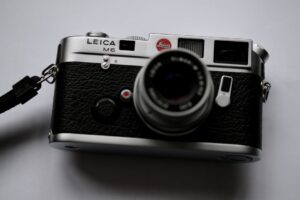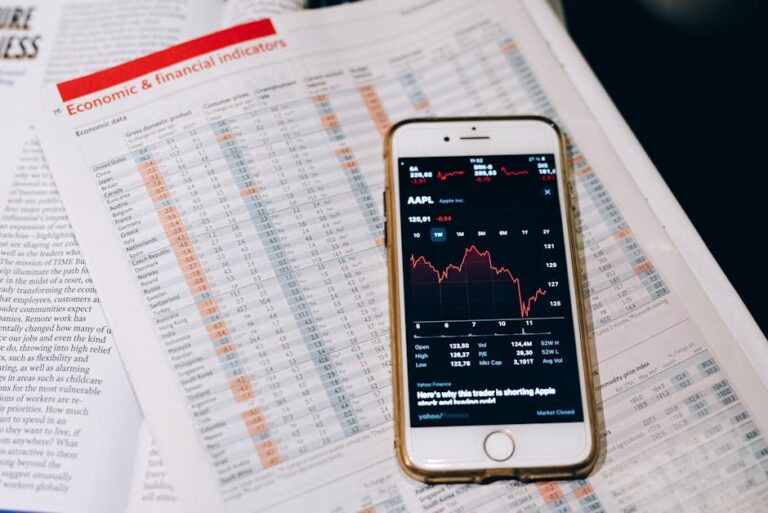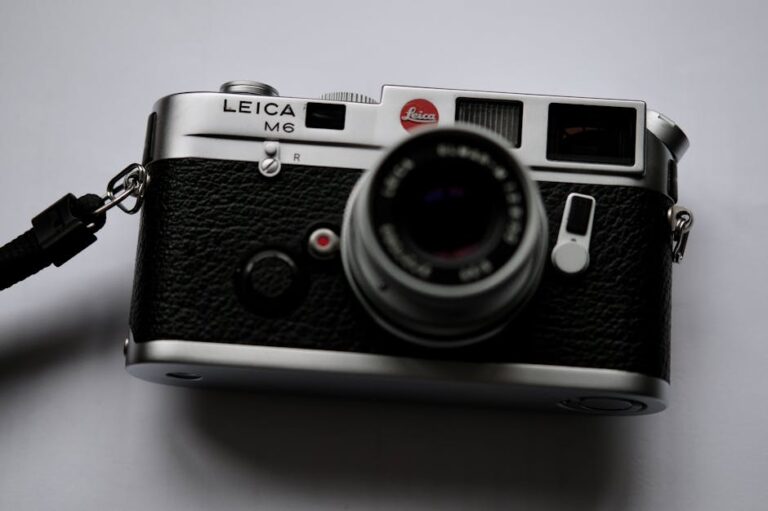The allure of rare coins, especially those with visible errors, continues to captivate collectors in 2025. Among the most sought-after and debated are the elusive “1982 penny errors.” Understanding these errors, their origins, and their potential value is crucial for both seasoned numismatists and those just starting their journey into the world of coin collecting. The market for these coins is constantly evolving, influenced by grading standards, auction results, and the ever-growing online community of collectors.
Identifying 1982 Penny Errors: A Comprehensive Guide
The year 1982 was a significant one for the Lincoln penny. The composition of the coin changed mid-year from 95% copper to copper-plated zinc. This transition resulted in several variations and potential errors, making the 1982 penny a prime target for error hunters.
One of the most notable and sought-after 1982 penny errors is the “small date” variety struck on a bronze planchet. The standard 1982 penny is made of copper-plated zinc, but a small number were mistakenly struck on the older, more valuable bronze (95% copper) planchet. Differentiating between the two is key to identifying potential value.
Understanding the Different Types of 1982 Pennies
To properly identify 1982 penny errors, you must first understand the basic types produced that year:
- 1982 Large Date Copper (Bronze): Made of 95% copper, 5% zinc. The “2” in the date is larger and the details are bolder.
- 1982 Large Date Zinc (Copper-Plated): Made of a zinc core plated with copper. The large date is the same size as the copper version.
- 1982 Small Date Copper (Bronze): Made of 95% copper, 5% zinc. The “2” in the date is smaller and more delicate. This is a key variety to look for as a possible error when struck on a bronze planchet.
- 1982 Small Date Zinc (Copper-Plated): Made of a zinc core plated with copper. The small date is the same size as the copper version.
Key Error Types and How to Spot Them
Several types of errors can occur during the minting process, and these errors can significantly increase the value of a 1982 penny. Here are some of the most common:
- Off-Center Strikes: This occurs when the coin is not properly aligned during striking, resulting in a portion of the design being missing. The more off-center the strike, the more valuable the coin can be.
- Double Die Errors: A doubled die error occurs when the die used to strike the coin has been improperly made, resulting in a doubling of the design elements. Look for doubling in the letters of “LIBERTY” or “IN GOD WE TRUST,” or in the date.
- Broad Strikes: A broad strike occurs when the retaining collar malfunctions, allowing the metal to spread out beyond its normal boundaries. This results in a flattened, wider-than-usual coin.
- Blank Planchet Errors: These occur when a blank planchet is struck without any design. These are rare and highly sought after.
- Struck Through Grease/Debris: If grease or debris gets between the die and the planchet, it can prevent the design from fully transferring, resulting in weak or missing details.
- 1982-D Small Date Bronze: Some believe that 1982-D Denver minted small date bronze pennies exist, although finding them is extremely difficult and not officially recognized by PCGS or NGC.
Testing for Bronze Composition: Weighing and Visual Inspection
The most accurate way to determine if a 1982 penny is made of bronze is to weigh it. A copper (bronze) penny will weigh approximately 3.1 grams, while a zinc penny will weigh approximately 2.5 grams. A precision scale is essential for this test. Visual inspection can also help; bronze pennies often have a deeper, richer color compared to the more muted color of zinc pennies.
However, be cautious when relying solely on visual inspection, as environmental factors can alter the color of a coin. Furthermore, always ensure your scale is properly calibrated for accurate readings.
The Market for 1982 Penny Errors in 2025
The market for 1982 penny errors, like the broader coin market, is dynamic and influenced by various factors. These include the coin’s condition, rarity, and the overall demand from collectors. Coins graded by reputable grading services like PCGS (Professional Coin Grading Service) and NGC (Numismatic Guaranty Corporation) typically command higher prices.
Online auction sites, coin shows, and dedicated numismatic marketplaces remain the primary venues for buying and selling 1982 penny errors. Staying informed about recent auction results and market trends is crucial for making informed decisions. It’s also important to note that counterfeit coins exist, so always buy from reputable dealers or have the coin authenticated by a professional.
The value of 1982 penny errors can range from a few dollars to several thousand, depending on the type of error, its severity, and the coin’s condition. For example, a well-preserved 1982-D small date bronze penny (if authenticated) could fetch a significant premium due to its potential rarity. Keep in mind, however, that values are subjective and can fluctuate based on market conditions.
Many factors can affect a coin’s grade, including wear, scratches, and discoloration. Understanding grading standards is essential for accurately assessing a coin’s condition and value. Consider these grading factors:
- Mint State (MS): Perfect condition, no wear
- About Uncirculated (AU): Very minimal wear
- Extremely Fine (EF): Slight wear on high points
- Very Fine (VF): Moderate wear
- Fine (F): Significant wear, but details are still visible
- Very Good (VG): Heavy wear, some details worn smooth
- Good (G): Heavily worn, most details worn smooth
Remember that an error can affect a coin’s value differently at different grade levels. An error on a higher grade coin will typically result in a higher premium than the same error on a heavily worn coin.
Consider consulting with an established and professional coin dealer before purchasing any coins. You can research coin dealers online. One online website you may find helpful is PCGS.
Collecting Tips and Best Practices for 2025
Collecting 1982 penny errors can be a rewarding hobby, but it’s important to approach it with a strategy and a commitment to learning. Here are some tips to help you succeed:
- Do Your Research: Before you start buying, learn as much as you can about 1982 penny errors. Read books, articles, and online resources.
- Network with Other Collectors: Join coin collecting clubs or online forums. Networking can provide valuable insights and access to rare coins.
- Invest in Grading Services: When buying high-value coins, consider having them graded by PCGS or NGC. This provides an independent assessment of the coin’s condition and authenticity.
- Store Your Coins Properly: Use archival-quality holders and storage containers to protect your coins from damage.
- Stay Updated on Market Trends: Keep an eye on auction results and market reports to understand the current value of your coins.
- Be Patient: Building a valuable collection takes time and patience. Don’t rush into buying coins without doing your due diligence.
Consider joining online forums and communities. These groups are often a wealth of shared knowledge and can help you stay current on news within the coin community. One such community that is available online is appinnovators6.
In addition to traditional methods, leveraging technology can also enhance your collecting experience. Apps and online databases can help you track your collection, research coin values, and connect with other collectors. Stay updated on the latest tools and resources available to coin collectors in 2025.
Remember, ethical collecting practices are essential for maintaining the integrity of the hobby. Avoid purchasing stolen or misrepresented coins, and always respect the history and cultural significance of numismatic items. By adhering to these principles, you can contribute to a thriving and sustainable coin collecting community.
The Future of 1982 Penny Error Collecting
The interest in 1982 penny errors is likely to persist in the coming years. As older coins become scarcer and more collectors enter the market, demand for these errors is expected to remain strong. Advancements in technology, such as improved coin grading and authentication methods, may also impact the market.
Additionally, the growing popularity of online coin collecting platforms and social media communities will continue to connect collectors from around the world, fostering a more dynamic and interconnected market. Staying informed about these trends is crucial for collectors looking to maximize their investment and enjoyment of the hobby. Moreover, always ensure that all coins are collected by following legal guidelines.
FAQ About 1982 Penny Errors
Here are some frequently asked questions about 1982 penny errors:
-
What makes a 1982 penny valuable?
The value of a 1982 penny is determined by its error type, condition, and rarity. Errors such as off-center strikes, double dies, and being struck on the wrong planchet can increase its value significantly. A good site to use as reference to learn more about coin errors and their different types, is The Spruce Crafts.
-
How can I tell if my 1982 penny is copper or zinc?
The easiest way is to weigh it. A copper (bronze) 1982 penny weighs approximately 3.1 grams, while a zinc penny weighs about 2.5 grams. A precision scale is required for accurate measurement.
-
What is the most valuable 1982 penny error?
While values fluctuate, a 1982-D small date bronze penny (if one is ever confirmed) would likely be one of the most valuable due to its rarity. The market is currently uncertain and it is best to consult with a professional for help valuing.
-
Where can I sell my 1982 penny errors?
You can sell your 1982 penny errors at coin shows, online auction sites, or through reputable coin dealers. Consider having the coin graded by PCGS or NGC before selling to maximize its value.
-
Is it worth getting a 1982 penny graded?
If you suspect your 1982 penny has a valuable error or is in excellent condition, grading by PCGS or NGC can authenticate the coin and provide an objective assessment of its condition, potentially increasing its value.
Collecting 1982 penny errors in 2025 offers a fascinating intersection of history, economics, and personal passion. By understanding the nuances of these errors, staying informed about market trends, and adopting best practices for collecting, you can embark on a rewarding numismatic journey. Happy coin hunting!


















